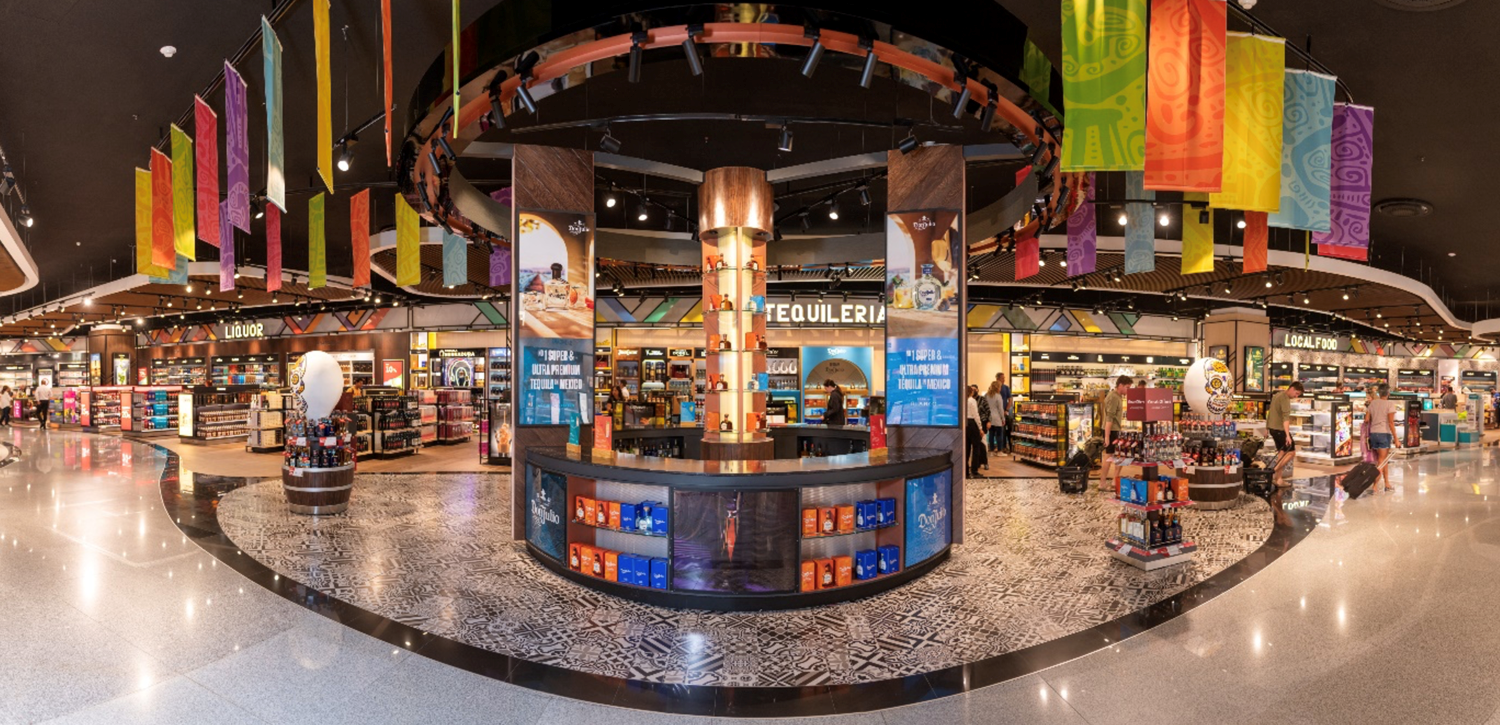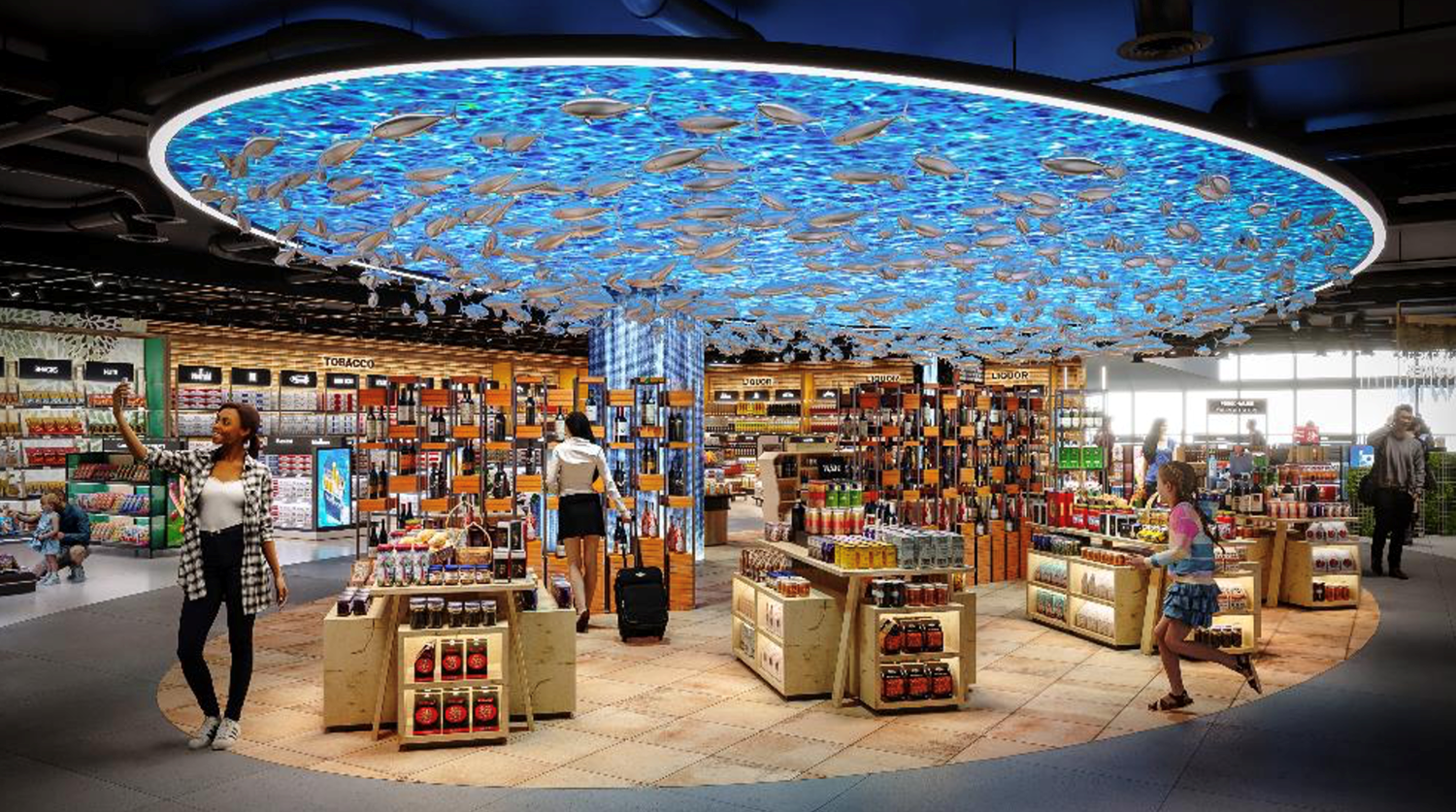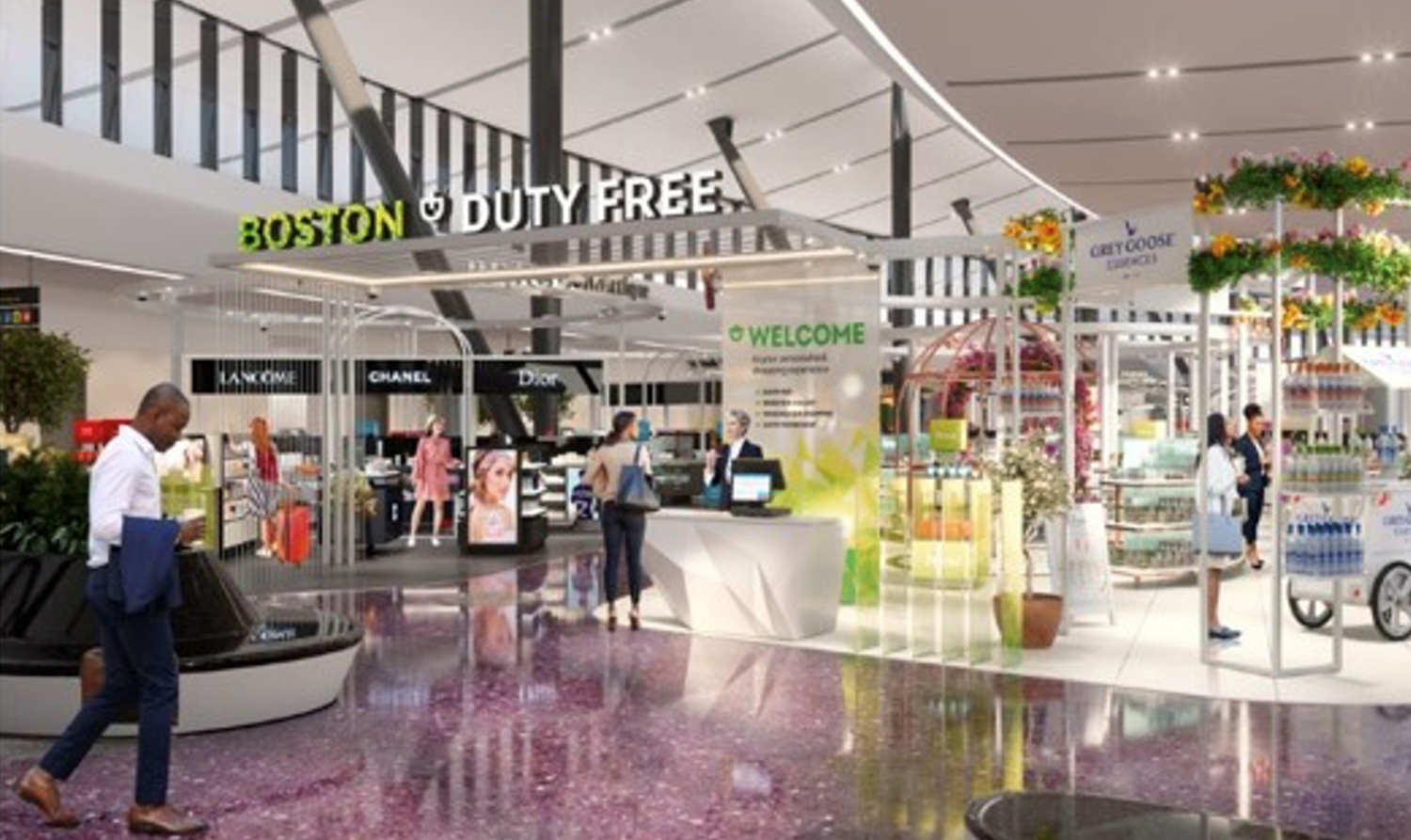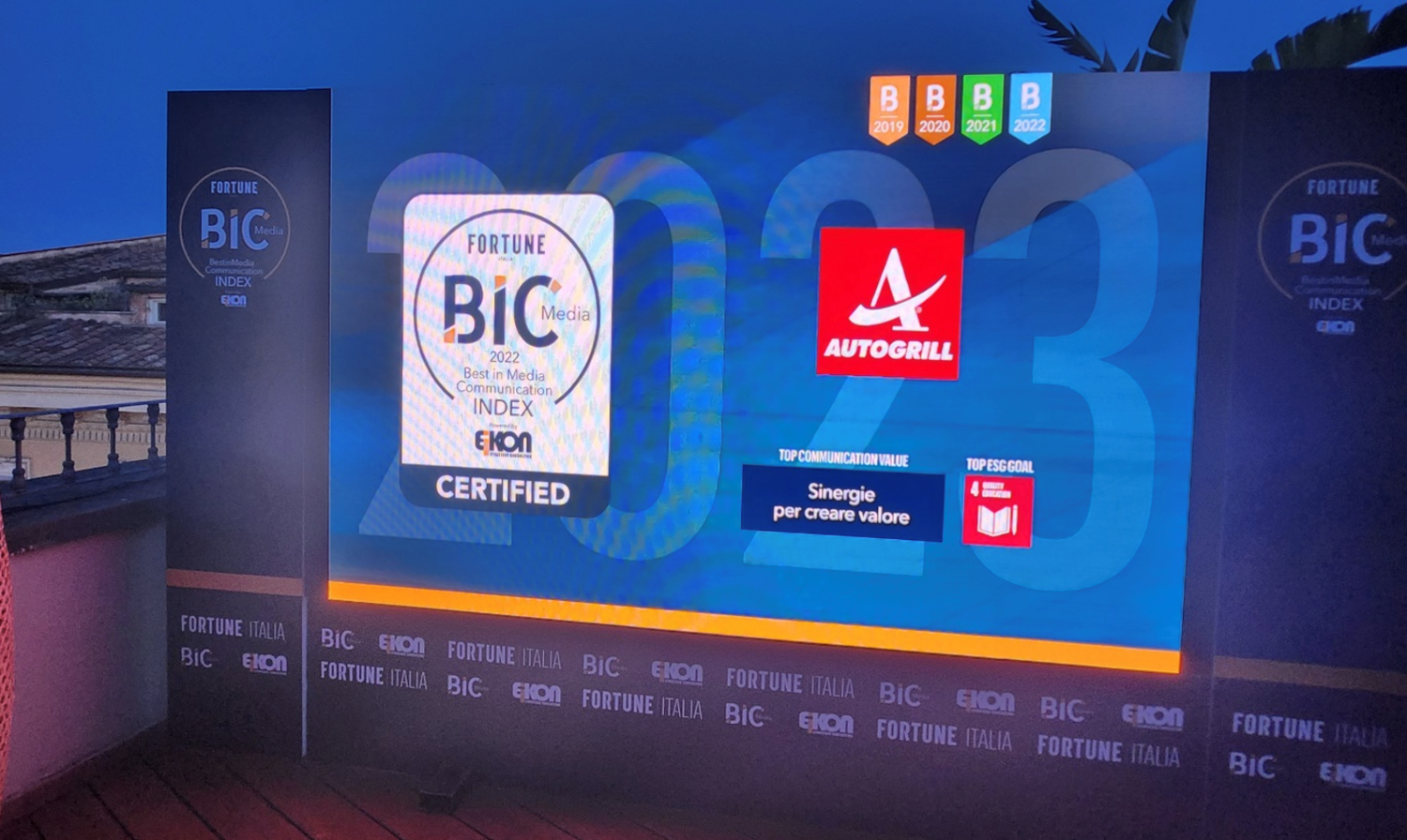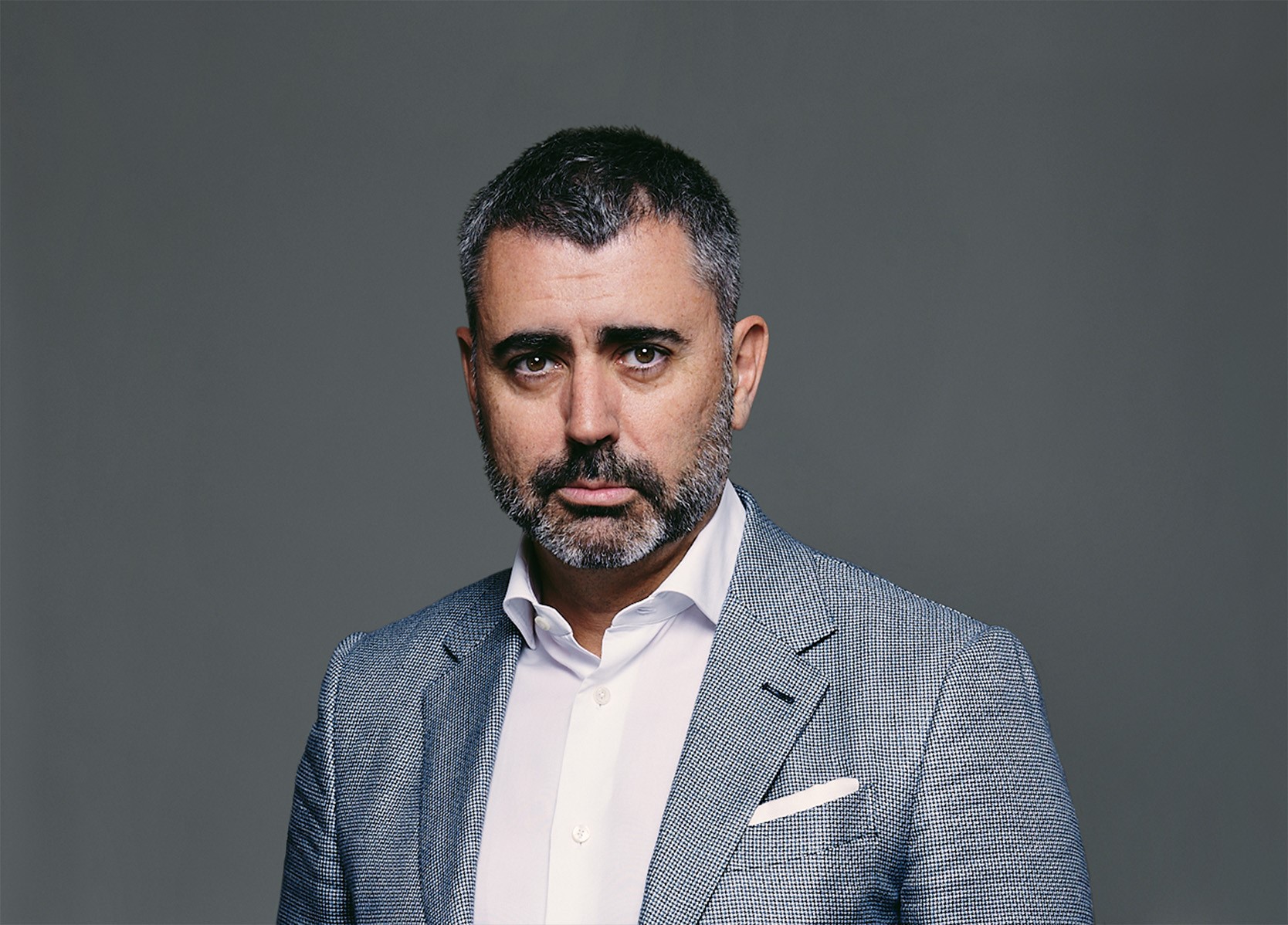Issue 32 - September 2019
SOLID. DELIVERY. Global. Focused.
Agile working. That´s a term that has had resonance just lately across Dufry. But what does it really mean? Without wishing to make this story into one of those interesting but somewhat detailed articles about management, it is relevant for us all to understand the switch we are making in the way Dufry strives to work.
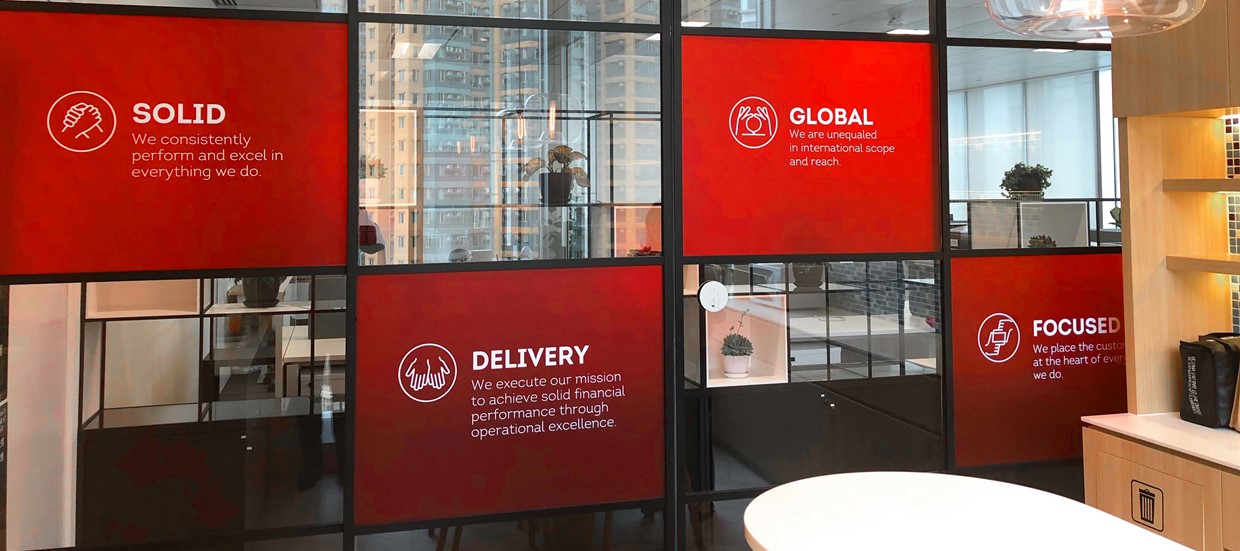)
Agile Project Management (APM) is a methodology that was first used to drive complex IT development projects and is an iterative approach to planning and guiding project processes. With the APM methodology, projects are broken down into smaller cycles or phases (called iterations) that are completed in work sessions (also known as sprints). Each section or iteration is reviewed and challenged by the project team, which should include representatives of the project’s various stakeholders. Insights gained in these iteration reviews are used to determine what the next step should be in the project.
This working methodology permits teams to release segments as they are completed and allows teams to demonstrate that these segments are successful and, if not, to fix flaws quickly. A new way of working with higher collaboration across different functions and geographies.
Down to Earth: Excellence Program and the Commercial Platforms
Currently, there are two key corporate projects running that have embraced this way of working. What they both have in common is the participation of many different teams from various countries, and the need to deliver the results quickly.
1. Retail Store Excellence
Delivering more with what we have. This very simplistic definition of a way of delivering organic growth is the “raison d’être” of this team. With the support of an external consultancy, a team has been analyzing what we can do better at store level to increase the revenue generated.
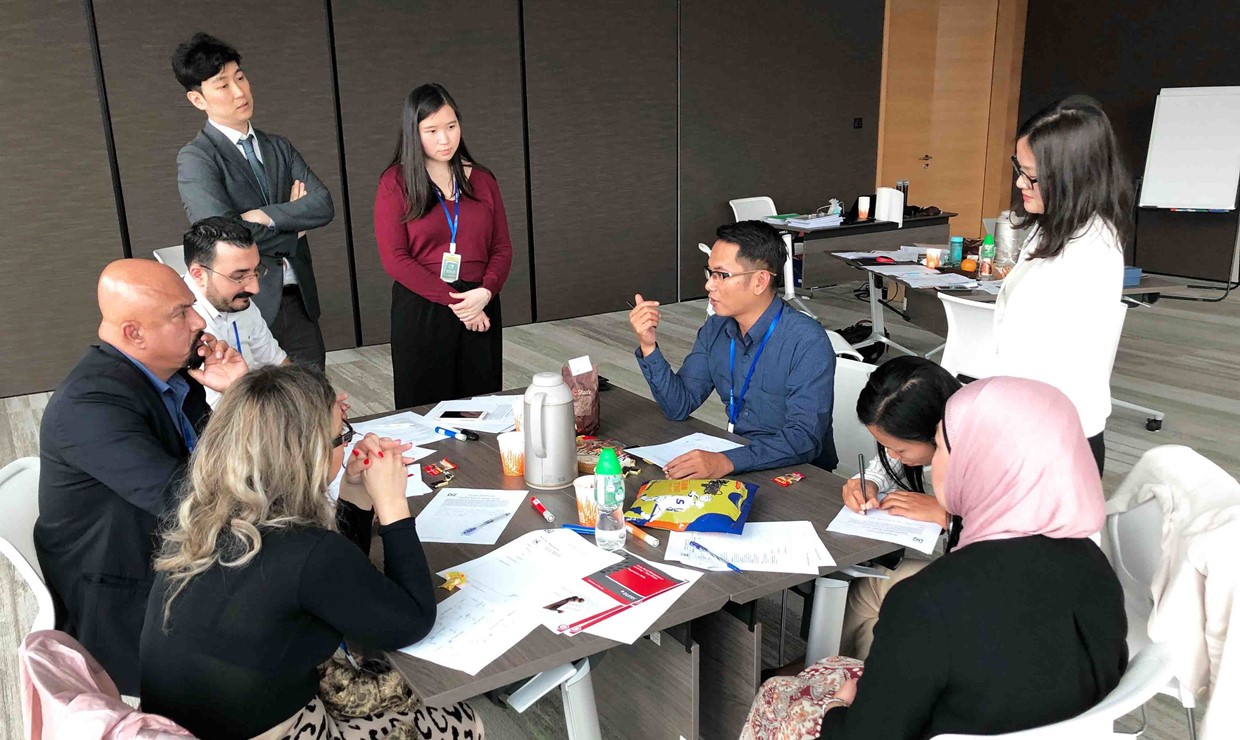)
Based on surveys conducted in 45 top Dufry locations (accounting for 60% of our sales), and with over 20,000 face-to-face interviews, we have found there is major potential for growth. This will come from higher interaction with customers – which in turn drives a higher average customer spend.
In order to achieve this, the team focused around three areas:
• Teams: setting the right level of staffing, training and motivating them
• In-store communication – improving the existing communication to drive in-store excitement and increasing the sense-of-place element to enhance the value proposition and differentiation
• Deploying the second phase of New Generation Stores, making the digital aspect of retail more present (staff digitalization, use of analytics, omni-channel communication, etc.)
The coordination of the activity of these three areas does not really differ from other projects. What really makes the difference however, is the way this comes to life. Considering Dufry has more than 2,300 shops, delivering an individual plan for each of them, and ensuring it is the right one, would be a titanic – if not unrealistic – project.
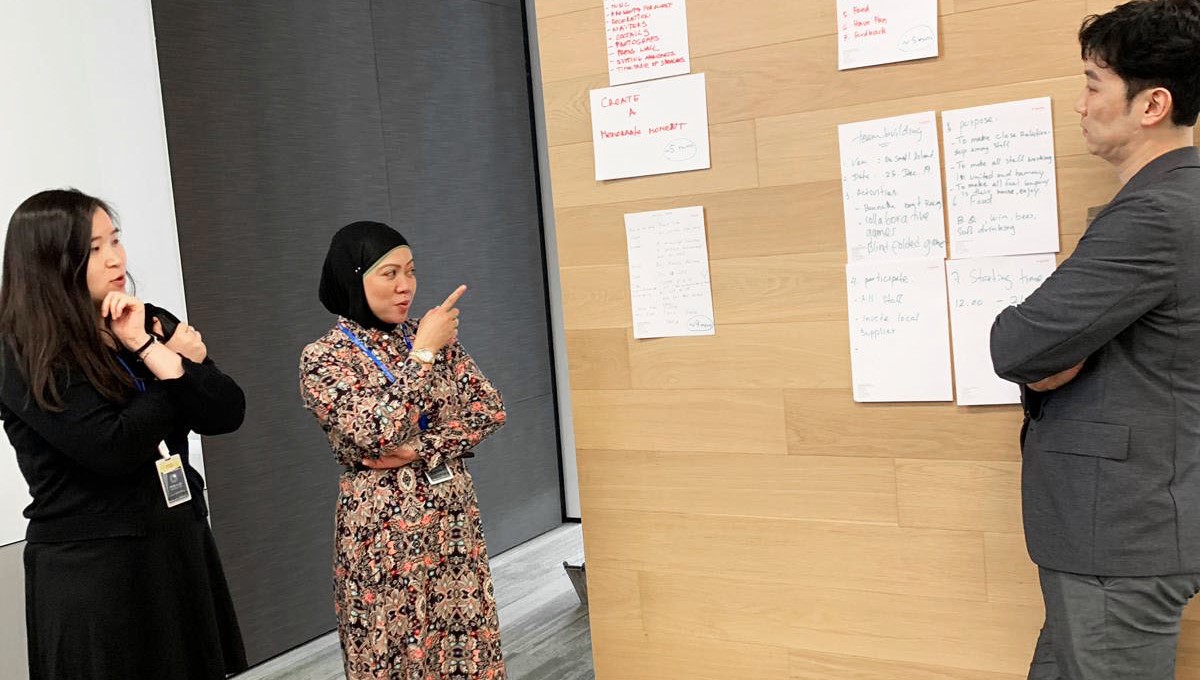)
With the APM methodology, the challenge is a smaller one, as it is around individual stores. Teams are put together to work – around a framework – to deliver a customized plan for a given airport. What is implemented in Alicante – a tourism destination in the Spanish Mediterranean seaside – might not fit 100% in Stockholm. However, individual initiatives from the Swedish airport might work in Alicante. So it is good that we can experiment and test and, eventually, transfer some elements to other locations.
2. Integrated Commercial Platforms
Our business needs to be able to respond more quickly to market demands on a global basis. To make this happen, several teams have been briefed and put to work at the same time. Spread across several locations – Americas, APAC, EMEA and UK – the new commercial platforms serve different countries in several divisions and move the decision-making power from the commercial, supply chain and logistics standpoints to the platforms, which then work in closer collaboration with both the country and division structures (for more detail on the commercial platforms, please read the interview with Nigel Keal in this issue of Dufry World).
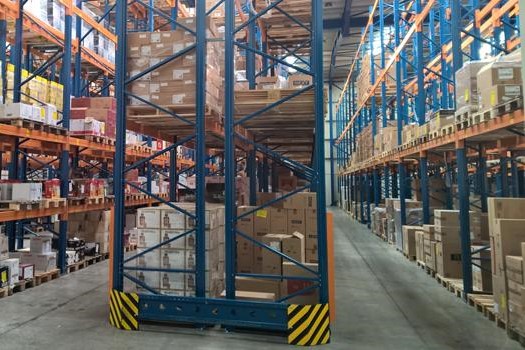)
This new structure in Dufry has learned to work as one, with teams with different backgrounds and skills but with one single focus: to drive growth and profitability – a simple mission statement that is only possible through quick decision-making processes and fast execution.
Decisions are made around the product assortment, promotions, novelties, pricing and supply chain following the above-described APM methodology. The result of this way of working is the sensible reduction in decision-making processes and quicker-to-market decisions that give Dufry more opportunities to test initiatives and, ultimately, hit the nail on the head more often.
Connected with the future of Dufry
These two projects that we have highlighted contribute to Dufry’s plan to evolve its business model and respond to the company’s ambition of being a One Global, more customer-centric company. As key parts of the Next Generation Dufry Retail Model, these two initiatives are expected to drive sustainable and profitable growth for our company by permitting a quicker adaptation to the changing environments in which we operate. They continue the strategic path initiated a few years ago and build on the development of a unique and global Business Operating Model (BOM), the consolidation of IOS platforms at both logistic and commercial levels, the deployment of the E-Motion strategy and, finally, the development of alternative channels, like our expansion into the cruise line business.

Aligned with our brand values
Global. Delivery. Focused. Solid. These are Dufry’s brand values, but also the main characteristics of this new way of working that is gaining ground in Dufry. Agile working is enabling us to undertake projects on a global scale, focusing on resolving key issues and delivering bold results in a solid and consistent way. It also allows us to adapt very quickly to the changing needs of our industry, to consumer’s buying habits and to the rapid change of pace in today’s economy.
)
By Jorge Muñiz

